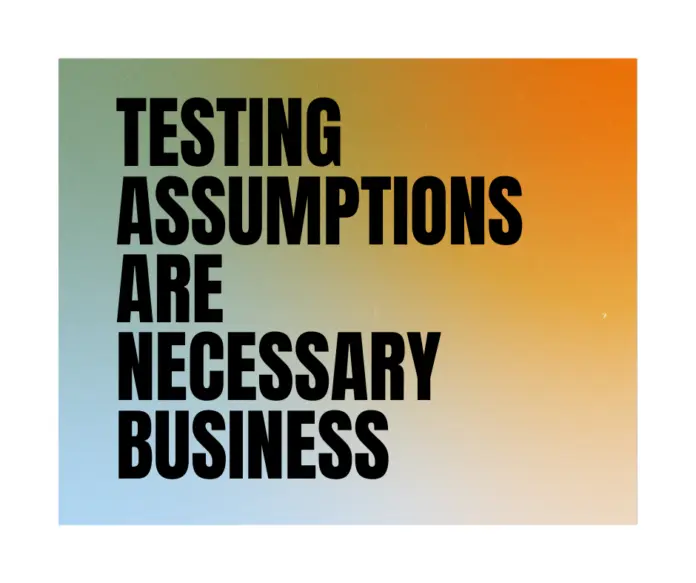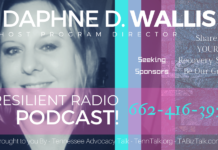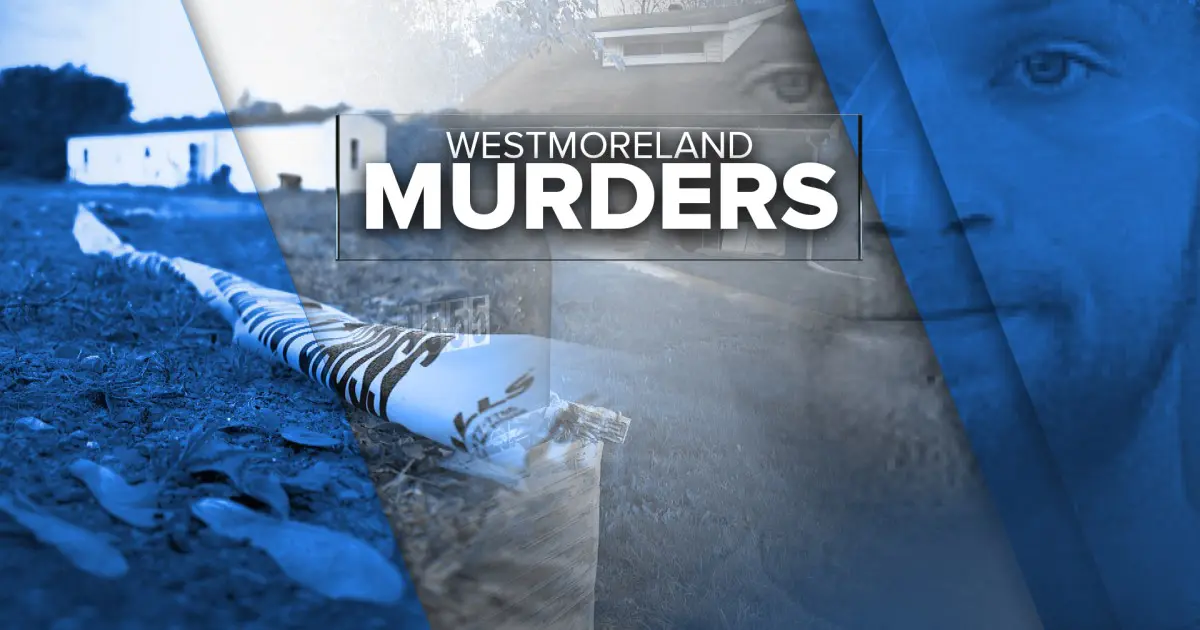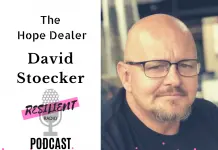
How Testing Assumptions May Save Your Organization and Your Clients
You may have heard the puzzling story about two men found dead in a cabin on a mountain. No forced entry or foul play and the men did not die of sickness. So how did they die? This brainteaser exercise is often discussed in small groups with a moderator who knows the answer. Members of the group ask yes or no questions until the answer is deduced.
The questioning can go on for a frustratingly long time. Some participants give up. Others accuse the moderator of trickery believing there’s no solution.
But… there is a logical answer–and the key to finding it quickly is asking the right questions to test your assumptions.
The assumption most people make when hearing this scenario is that the cabin is a log home or permanent shelter perched on a mountain top. Trying to learn the truth from this starting point will not lead to the correct answer because of the erroneous assumption about the cabin. (Spoiler alert) The cabin in this story is part of an aircraft. The two men died in a plane crash.
If your mind is convinced of a situation based on a false fact, your questions will circle back, follow rabbit trails, lead nowhere.
Executive teams make this mistake quite often in determining actions, risk taking and team compatibility.
I spent 18 months in Alaska as the consulting behavioral health director for the interior of Alaska which encompassed 226,000 square miles and 23 villages. One of my first visits to a village was to Anaktuvuk Pass which is in the Arctic Circle. As we flew in, I noticed there was almost no plant life, and what plant I could see was no taller than a couple of inches. It looked barren and incapable of supporting life.
After getting acquainted with the chief and some elders, I inquired as to how they had come to choose that particular location. I already knew it had resulted in their complete dependence on outside funding and support for survival. What I learned was that their tribe, along with most of the native Alaska tribes, had been nomadic people. They followed the herds and never remained in one place long enough to use up the natural resources.
Their subsistence lifestyle abruptly ended when well-meaning outsiders showed up and offered to build housing and schools, and even provide financial assistance on a monthly basis. In order for this plan to work, the tribes would have to stay in one place. These benevolent groups had good intentions and their proposal seemed like an obvious way to enhance the lives of the Native Alaskans.
The incorrect assumption, of course, was that the proposed help would give the tribes easier and more satisfying lives. It worked for a while, but ultimately resulted in what the Alaskans now refer to as Historical Trauma. The imported “enhancements,” resulted in almost total dependence on external sources for food, shelter, medical care, and more.
In many of the smaller remote villages, there are only four or five jobs, and everyone else struggles to find a purpose. The young adults do not thrive without a purpose and the suicide rate is astronomically high. Taking action without going through the proper process had, in this case, disastrous unintended consequences.
Let’s look at another example of how acting upon the wrong assumption leads to unforeseen negative results. In the early 1900s, what is now Yellowstone Park was inhabited by cattle ranchers who were losing significant numbers of their herds to wolves. Again, well intentioned entities intervened with what they thought was a logical solution—simply eliminate the wolves.
By 1926, that region saw its entire wolf population eradicated and the cattle were safe. The unintended consequences, however, included an explosion of elk and coyote with a devastating ripple effect. The elk ate up the vegetation, including young trees which were essential to birds, beaver, and even fish. The outcome was absolutely destructive to the ecosystem. Thankfully, in 1995, the wolf population was successfully reintroduced to the area.
The takeaway here for executives is that:
There is a way to avoid or at least greatly reduce the chances of significant unintended consequences. Making sure that the right people are at the table and by going through the process of asking the right questions.
Part of leading a growing and thriving organization involves taking risks. To enhance the opportunity for successful risk-taking, you must go through an effective process that tests any and all assumptions. Especially, the ones you’re certain of.
Dr. Emory Welch
Clinical Consultant, Trainer and Executive Coach
VOLUNTEER WITH US VISIT TENNTALK.ORG





















